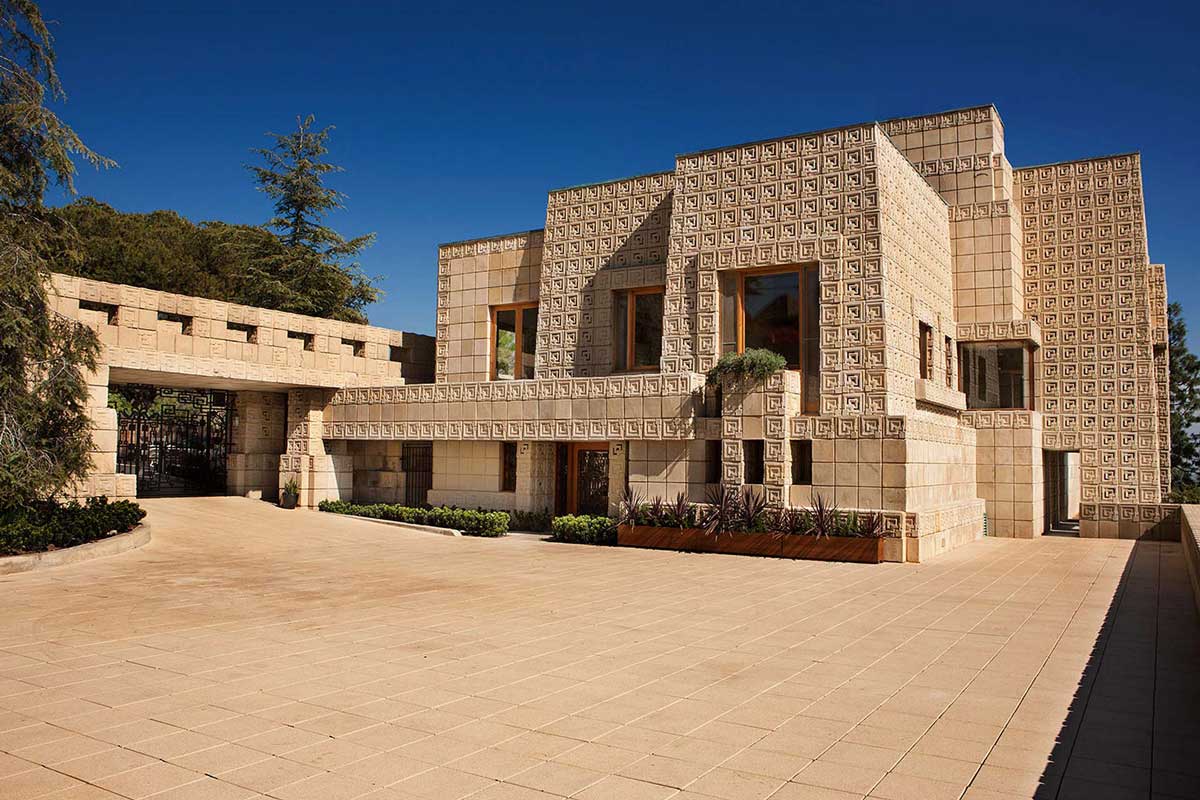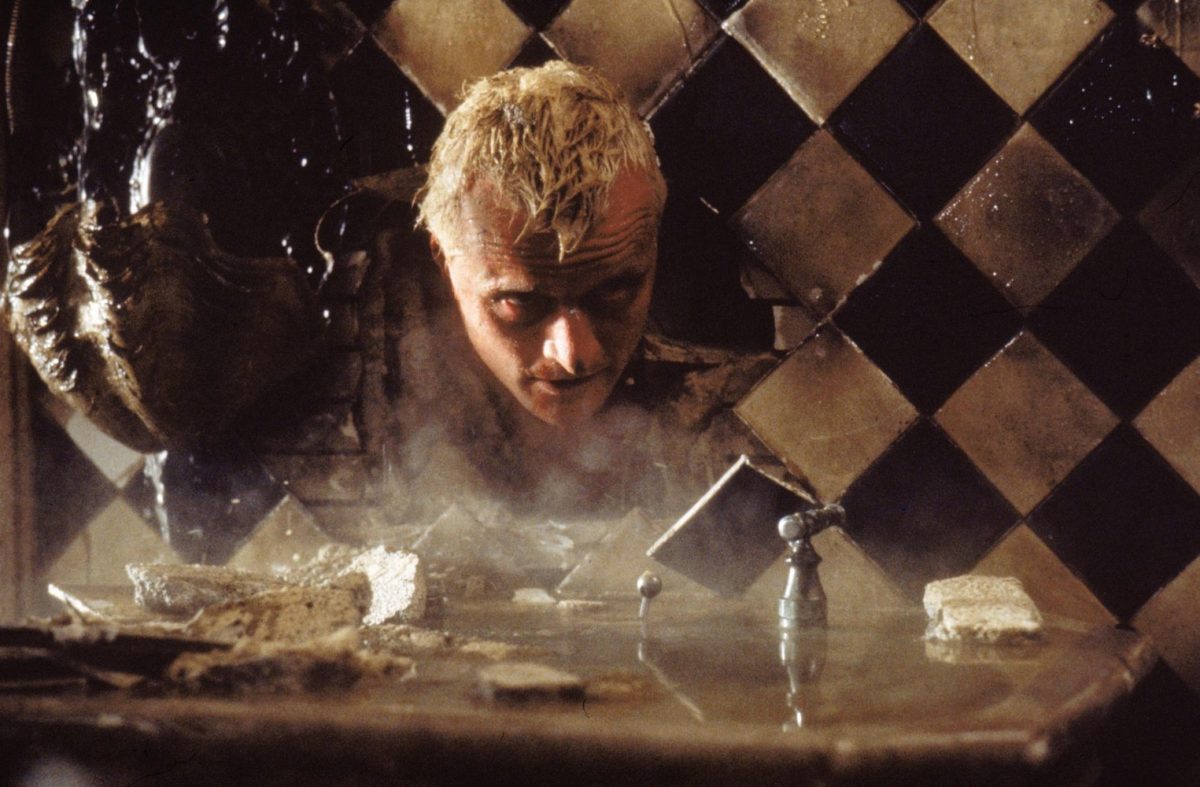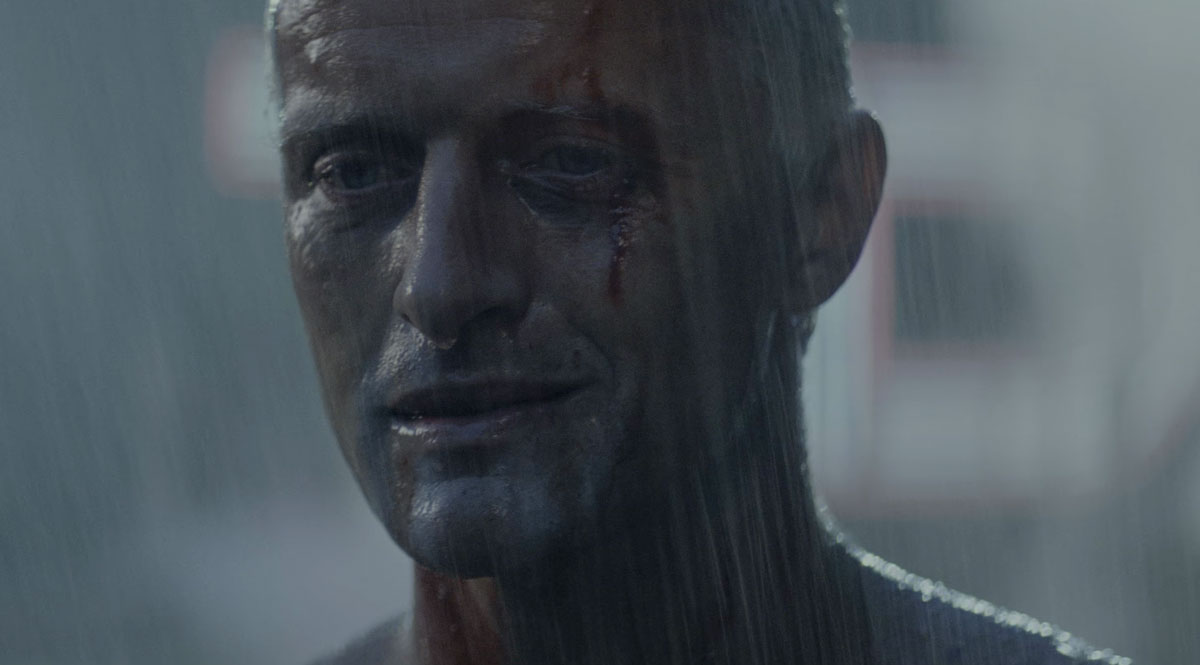The Ennis House, a residential dwelling in the Los Feliz neighborhood of Los Angeles, California, is a masterpiece designed by the legendary architect Frank Lloyd Wright. Built in 1924 for Charles and Mabel Ennis, the house is the largest of Wright’s textile block designs in the northern Los Angeles area. The design, inspired by ancient Maya temples, is constructed primarily of interlocking pre-cast concrete blocks. This unique architectural style has made the Ennis House a popular location for film and TV production, with its most notable appearance in Ridley Scott’s 1982 science fiction classic, Blade Runner.
Ennis House in Blade Runner
In Blade Runner, the Ennis House serves as the apartment building for the film’s protagonist, Rick Deckard, played by Harrison Ford. The actual location was reportedly only used in the scene in which Deckard drives up to the motor court, but the Ennis House definitely became famous after making its appearance in the movie. The unique structure, built entirely from concrete blocks and reminiscent of ancient Mayan architecture, added a distinctive visual element to the film’s dystopian future setting.
Production designers for Blade Runner created a foam mold of the Ennis blocks, then built the walls and ceiling of Deckard’s cramped and dark apartment using the dummy blocks. This allowed the film to incorporate the distinctive look of the Ennis House into its production design, enhancing the film’s atmospheric and visually striking depiction of a future Los Angeles.
Architectural Significance
The Ennis House is not just a film location; it’s an architectural marvel. The design is based on ancient Maya temples, and the house’s prominent detail is the relief ornamentation on its 27,000 perforated and patterned decomposed granite blocks. This design, inspired by the symmetrical reliefs of Puuc architecture in Uxmal, gives the Ennis House a unique textural appearance.
The house consists of two buildings, the main house and a smaller chauffeur’s apartment/garage, separated by a paved courtyard. Unlike the vertical orientation of the other three block houses, the Ennis House has a long horizontal loggia spine on the northern side, connecting public and private rooms to the south.
The Ennis House’s unique architectural style and its iconic role in Blade Runner have cemented its place in both architectural and cinematic history. This serves as a tribute to Frank Lloyd Wright’s groundbreaking approach to design and Ridley Scott’s pioneering work in cinema. Whether appreciated for its architectural significance or its role in Blade Runner, the Ennis House remains a fascinating symbol of the intersection between art, architecture, and cinema.



